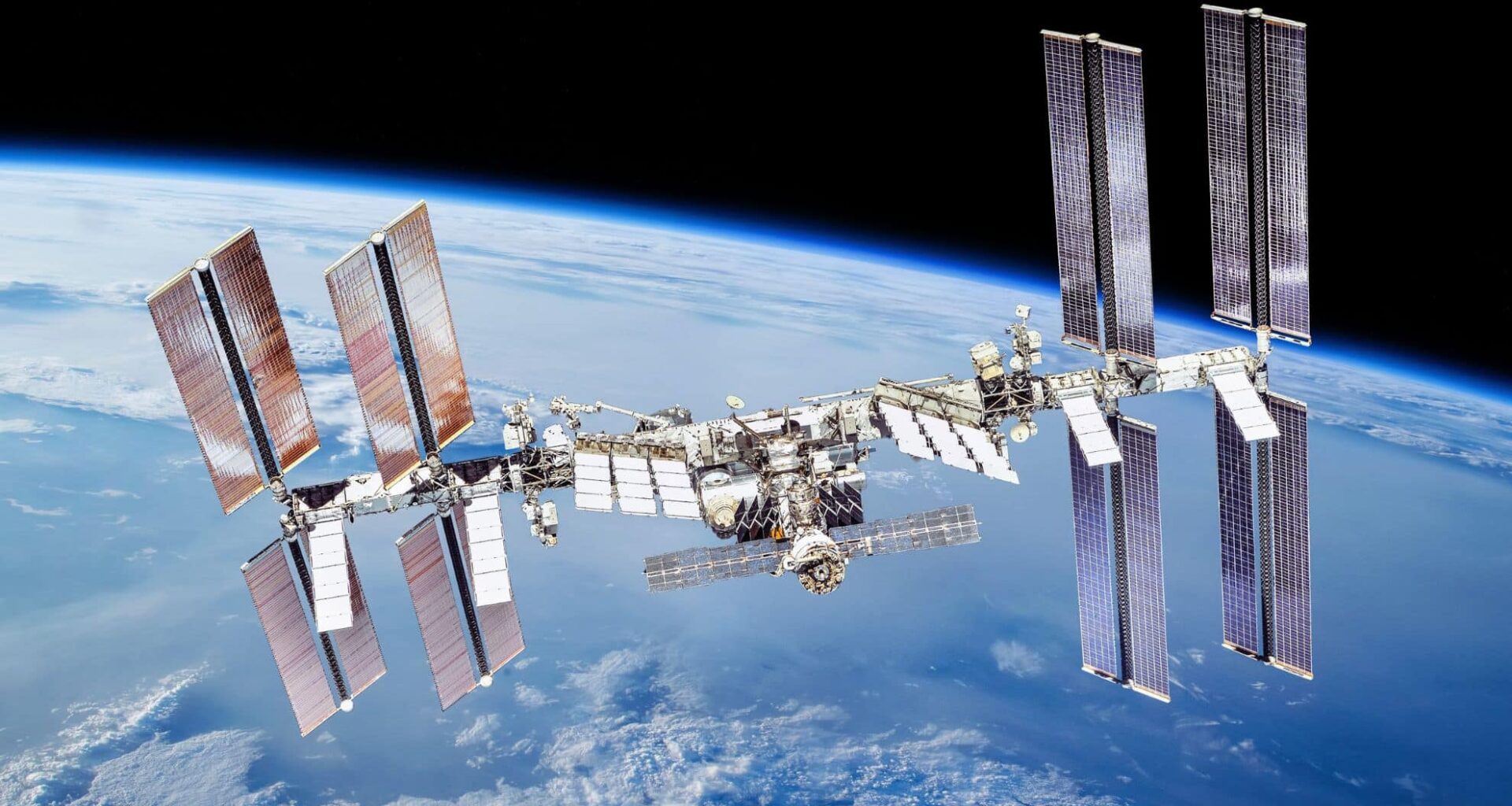The International Space Station (ISS) has served as a cornerstone for human presence in space for nearly three decades. However, as the ISS nears its retirement date in 2030, NASA faces an urgent challenge in maintaining a continuous human presence in low-Earth orbit (LEO). The agency has long had plans to transition to privately run commercial space stations to replace the ISS. But recent budgetary constraints have forced NASA to drastically adjust its strategy, as detailed in a new directive from U.S. Transportation Secretary Sean Duffy. This overhaul, which is aimed at scaling down the goals for the new commercial platforms, is a response to a $4 billion funding shortfall projected by 2026. According to Ars Technica, NASA’s renewed approach will push the agency into new partnerships with private companies while significantly reducing the original expectations for the future of LEO missions.
The growing financial pressure has led to a reconsideration of the specifications for these commercial stations. NASA is now aiming for a reduced minimum capability for these stations, with plans to accommodate shorter crew durations and smaller crews compared to the original vision. This shift comes as NASA races to ensure that a viable replacement is available to house astronauts beyond 2030. Under the new guidance, companies like Jeff Bezos’ Blue Origin and Northrop Grumman, which had been tapped to develop the space stations, will continue working under a more flexible financial arrangement. This decision has shaken up the space industry, signaling a pivot from NASA’s earlier, more ambitious goals.
NASA’s Strategic Shift for Commercial Space Stations
NASA’s Commercial Low Earth Orbit (CLEO) program was designed to create a fully operational, commercial space station that could serve as a continuous home for astronauts after the ISS’s retirement. This ambitious plan would involve rotating astronauts every six months, similar to the current ISS operations. However, the dramatic cuts to NASA’s budget have left little room to pursue such a robust vision. As a result, Secretary Duffy’s directive has outlined a drastic shift in the agency’s approach.
The memo emphasizes that NASA needs to reevaluate its strategy in light of these financial constraints. The original plan called for a fully operational commercial service by 2031, with a permanent human presence in LEO on a private station. The revised vision, however, now includes a significant reduction in expectations. Instead of aiming for a fully operational commercial station capable of handling extensive crew rotations, the new directive lowers the bar to stations hosting four-person crews for just one month at a time. While this will allow NASA to proceed with commercial partnerships, it fundamentally changes the nature of NASA’s future space exploration.
The decision to reduce the minimum requirements for space stations also affects the type of commercial partnerships NASA will pursue. Under the original plan, NASA had aimed to certify a few commercial stations as fully operational, offering services to the agency. Now, instead of moving to fixed-price contracts in the second phase of development, NASA will continue issuing Space Act Agreements. This adjustment allows companies to proceed with their projects without the heavy financial pressure of fixed contracts, but it also means NASA’s role in certifying these stations will be more passive.
The Financial Strain and Implications for Space Missions
At the heart of NASA’s strategic shift is a $4 billion shortfall in its projected 2026 budget. According to the directive, this shortfall makes it nearly impossible for NASA to continue with the original, grand-scale vision for a commercial LEO platform. “To meet the goals of a commercial system within the proposed budget, a modification to the current approach for LEO platforms is required as specified in the remaining sections of this directive,” states the document, signed by Duffy. To succeed, he wrote, the strategy “must be altered.”
The reduced funding has forced NASA to re-evaluate its long-term objectives in space. While the new approach is aimed at giving NASA a chance to stay afloat amid financial limitations, it also raises questions about the agency’s ability to achieve its original goals in space exploration. A leaner approach might provide short-term relief but could risk curtailing NASA’s long-term vision for human space exploration and its leadership in global space efforts.
However, the revision isn’t necessarily bad news for the space industry. By lowering the requirements for the stations and continuing to support private companies through Space Act Agreements, NASA is still encouraging innovation in the commercial space sector. The shift makes it easier for companies to compete in the space market, especially those looking to get into space station development without heavy upfront costs.
Impact on Commercial Space Partnerships
NASA’s push for commercial space stations has long been a cornerstone of its vision for the future. By leveraging private companies for space station development, NASA hoped to create a thriving space economy while ensuring its astronauts have a platform in orbit long after the ISS is retired. The new approach, however, will impact how companies approach these partnerships and may force them to rethink their own business models.
Many companies were excited about the prospect of working with NASA on a fully operational LEO platform, and the reduced scope of the project could alter the trajectory of their investments. The decision to reduce crew size and mission duration could force these companies to rethink how they design their space stations, perhaps leading to smaller, more flexible platforms that can adapt to the new mission parameters.
The shift could also create a more competitive market in space exploration, as private companies might now be able to develop space stations more quickly and affordably. By allowing the commercial sector to step in and fill the gap left by NASA’s constrained budget, this approach may accelerate innovation in LEO operations. However, it remains to be seen whether these new stations can provide the same level of safety and reliability that NASA has come to expect from its ISS operations.
